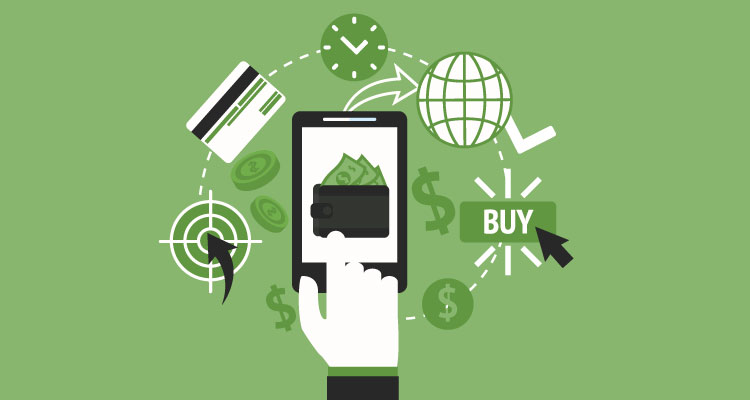In a very short time, paying for purchases at a store using a mobile phone (and now watches and other wearables) has gone from a novelty to a common occurrence. It’s easy to setup mobile payments. Mobile payments using digital wallets such as Apple Pay, Google Pay, and Android Pay are expected to double this year to more than $62 billion and continue to grow rapidly for the foreseeable future.
Consumers have found they like the convenience, security, and speed of mobile payments. Retailers like mobile payments for the same reasons, as well as for the potential for more sales. If you aren’t accepting mobile payments, it’s high time you considered doing so. It’s not difficult to do and we’re going to show you how.
First, let’s take a look at who is using mobile payments. According to research from our company Vantiv, a leading payfac payment processor, over 40 percent of consumers age 25-44 use mobile payments, and 22 percent of Millennials say they use mobile payments on a regular basis. Seventy-five percent of mobile payments users are interested in using the payment types to pay at more retail locations. Usage among all consumers is growing and is expected to do so at a rapid pace; as more retailers accept and promote mobile payments, the convenience factor becomes better appreciated and concerns over security are alleviated.
Table of Contents
ToggleSo how do mobile payments work?
The major players in mobile payments are Apple, Google, and Samsung. Each has their own digital wallet – software that resides on each corresponding device – but all use similar technology and rely on near field communication (NFC), tokenization, and fingerprint readers for security. Digital wallets store credit card information securely on the mobile device and communicate with NFC-enabled devices in a contactless manner.
Mobile payments are not only very secure but also much quicker and easier as the consumer doesn’t have to take out their wallet and credit card to pay for purchases. After payment information is exchanged and the sale is concluded, the rest of the transaction is conducted in the same manner as with a traditional credit card. There are no additional costs for the retailer to accept a mobile payment.
Accepting mobile payments in your store.
A quality payment processor can help you start accepting mobile payments.
Here are the steps you will have to take:
Update your POS terminals
First, you will need to update your POS terminals so they can accept NFC communications. This is also a good time to review your entire POS system and make sure the technology is best serving your needs.
There have been a lot of advances in payments over the past few years, especially in terms of security and integration with other business operations.
It’s worthwhile evaluating your current technology situation while deciding what to invest in for the future.
Train your staff
Once you have implemented NFC terminals, you should train your staff on how to process a mobile payments sale. You should also explain how this payment type works from the customer’s perspective so that staff can answer questions.
Your staff should be able to explain the high level of security that makes mobile payments so safe, as that is a common concern among consumers.
Promote that you accept mobile payments
Lastly, make sure your customers know you accept mobile payments by displaying signage in your storefront and at the registers.
Even if your customers aren’t ready to use a mobile wallet, simply seeing that you accept mobile payments lets them know your store is at the forefront of technology.
The future includes mobile payments
Embracing mobile payments now is a great way to stay at the forefront of this rapidly growing and evolving industry.
The future of mobile payments is exciting and includes wearable technology. Watches and fitness trackers will have the ability to serve as mobile wallets. The use of Bluetooth and Wi-Fi so customers won’t even need to take out their mobile devices, cryptocurrencies, and more.
Perhaps most exciting is a push toward a single technology standard in the U.S. and internationally. This will help grow the acceptance of mobile payments exponentially.












